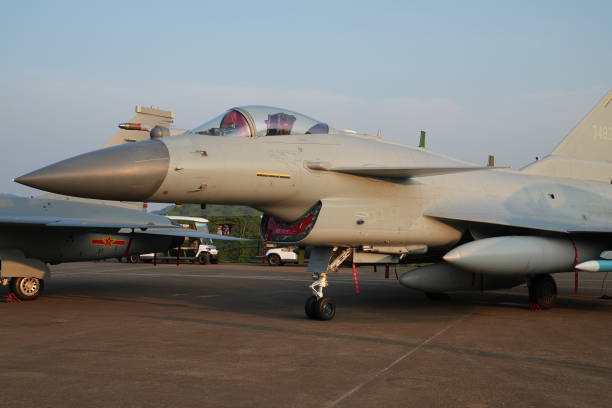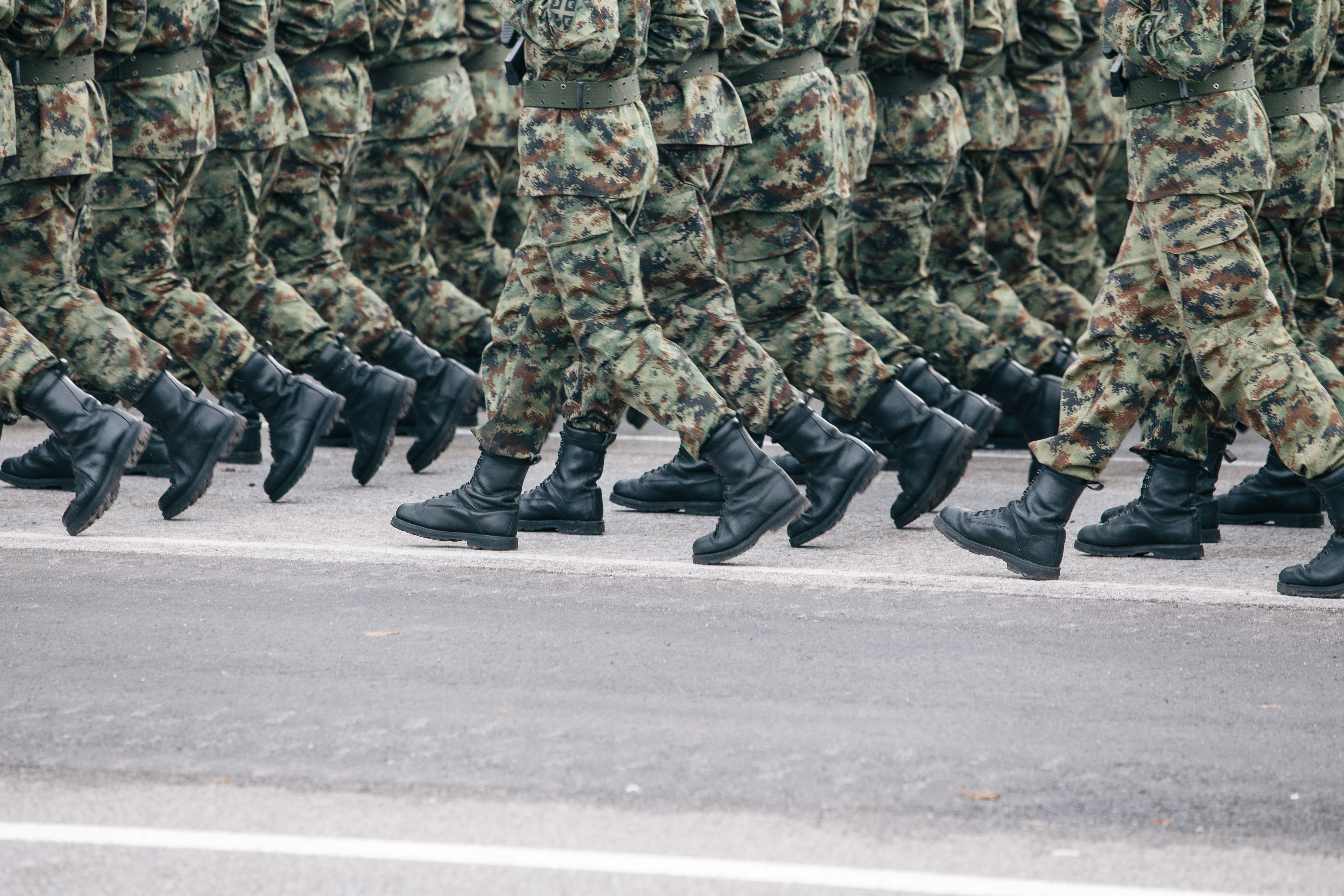Whistleblower: Remorse over drone strikes led Ex-Airman to leak secrets
Last Sunday, a former U.S. Air Force intelligence analyst published an 11-page letter from jail. The pages detail the guilt he feels from his time in Afghanistan, and how that led him to break the law.

Last Sunday, a former U.S. Air Force intelligence analyst published an 11-page letter from jail.
The pages detail the guilt he feels from his time in Afghanistan, and how that led him to break the law.
33-year-old Daniel Everette Hale of Nashville, Tennessee, is scheduled to be sentenced for espionage on Tuesday, after leaking top secret defense documents. Hale is currently jailed in Alexandria, Virginia.
The Eastern District of Virginia, where Hale pleaded guilty on March 31, is the same district where prosecutors filed similar charges against Wikileaks founder Julian Assange and National Security Agency (NSA) contractor Edward Snowden.
The justification Hale gave in his note was that he felt overcome by remorse after helping facilitate drone strikes while in Afghanistan.
Hale wrote, “Not a day goes by that I don’t question the justification for my actions. By the rules of engagement, it may have been permissible for me to have helped kill those men – whose language I did not speak, customs I did not understand, and crimes I could not identify – in the gruesome manner that I did.”
He followed with a rhetorical question, “But how could it be considered honorable of me to continuously have laid in wait for the next opportunity to kill unsuspecting persons, who, more often than not, are posing no danger to me or any other person at the time?”
Hale’s Background
Hale first served as a language analyst in the Air Force. After two years, he was assigned to work at the NSA in 2011, and worked with the agency until 2013.
The NSA deployed Hale to Bagram Airfield, Afghanistan in support of a Department of Defense Joint Special Operations Task Force in 2012.
During this period, Hale worked as an intelligence analyst responsible for “identifying, tracking, and targeting threat networks and targets,” according to the True Bill of Indictment for the case.
Over a year after his deployment ended, Hale began working for a defense contractor known as Leidos. While with Leidos, Hale was assigned to work for the National Geospatial-Intelligence Agency (NGA) in Springfield, Virginia.
Though he was no longer enlisted, Hale retained access to classified national defense information through his role as a Political Geography Analyst at the NGA.
While at the NGA, Hale corresponded with a reporter who would later publish the information of classified documents that Hale provided.
There were 11 documents published as a result of the leak. The content of the leak ranges from information on anti-terrorism operations to military technical capabilities.







Conversation